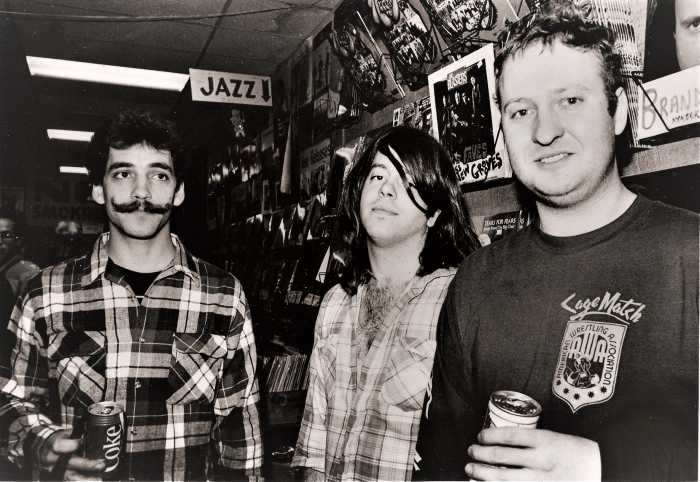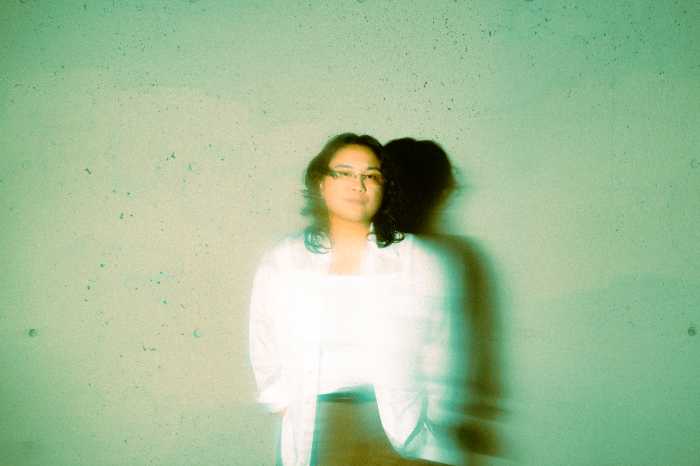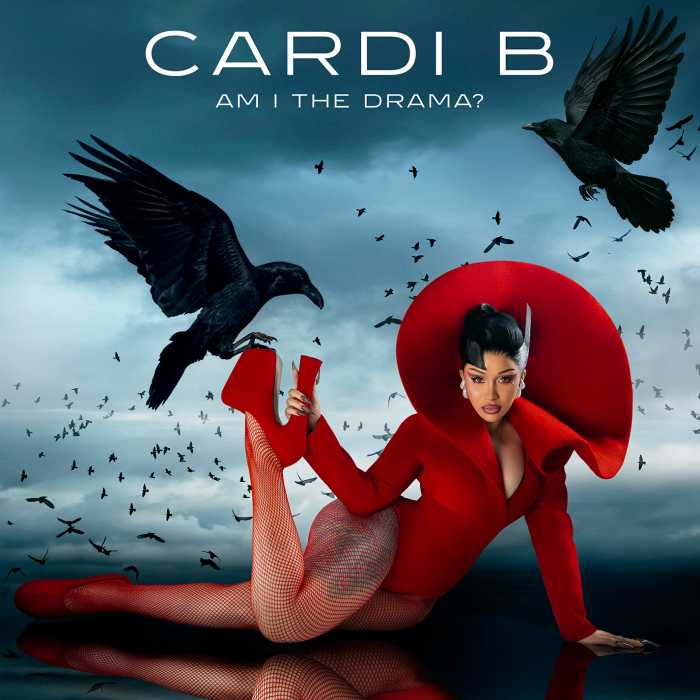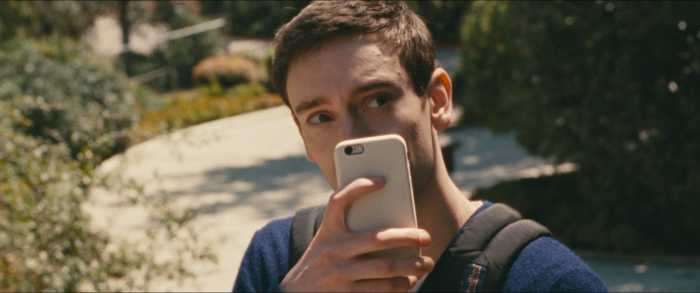Compagnie Thor adopts the rainbow
The first dance event of BAM’s 2011 Next Wave Festival, “To the Ones I Love” by Belgian-based Compagnie Thor (performed September 29 through October 1) blends modern and contemporary ballet movement done by nine men in a pristine, white space. Company director Thierry Smits choreographed it and, with Thomas Beni, also designed the set.
The dancers reshape the floor plan by sliding around six white benches of different lengths that look like square-cut logs. The benches conceal colored T-shirts (costumes by Luc Gering), which the men change often throughout the piece. The white floor and backdrop form a canvas for light designer Beni’s washes of vivid color that modulate the visual mood. In an insouciant program note, Smits states that the colors “perhaps represent the chakras or the colors of the gay flag –– as you wish!”
The novelty of the hour-long piece is that its nine dancers are all men of African heritage, displaying, as could be expected, a wide range of body shapes and skin shades. A less copasetic aspect of the ensemble is the divergence in their dance training backgrounds.
Smits says the reason for this casting is “so that one thing would appear more than something else… humanity.” The intriguing potential of the exotic mix, however, remains unexplored. For all the lifting, mutual supporting, and body contact, the dance could hardly feel less erotic or, in fact, reveal less “humanity.” The men treat each other more like pommel horses than partners.
Skin color, as an element of décor, is not a unique concept –– however politically incorrect that notion might be. But there’s no excuse for making a boring dance. A pseudo-gravitas pervades the way the nine dancers perform the feline floor work, balletic jumps, and mutual lifting. The dancing is strong and workmanlike, but uninspired and joyless, as well. No emotional attachment to what the men are doing is evident, despite moments of presentational flourish following some tricky move. As in a sports exhibition with no winner, the stakes here are low.
Smits’ formal structure contains much to commend it –- a round-robin series of duets, which switches one partner every few phrases; overlapping duets on the benches with dancers’ backs to the audience, where unison pairs are separated in space; counterpoint passages of lifts that fill the space with kinetic flurries and group unison phrases. Smits is an astute dance crafter but the “theatrical context” his program note suggests is absent from this work. The dance remains an exercise.
Most disconcerting is the lack of stylistic unity among the dancers, especially in ensemble passages. The variety of their training backgrounds –– including ballet, contemporary, African, and martial arts styles –– delivers no consistency of line, attack, or dance carriage, making unisons visually ragged, even though rhythmically unified.
Neither Smits’ choreography nor his dancers’ execution of it makes clear what its theatrical driving force is. Maxime Bodson’s sound design, which incorporates copious selections of Bach’s most familiar music along with atmospheric electronic sounds, was added to the dance after it was made, which may explain why it seems so unconnected.
The standing ovation on opening night suggests the audience at BAM Harvey was enthralled. But given that standing Os are today virtually obligatory at BAM, it could be that the crowd was simply engaged in another reflexive ritual, much like what they had just witnessed.


































